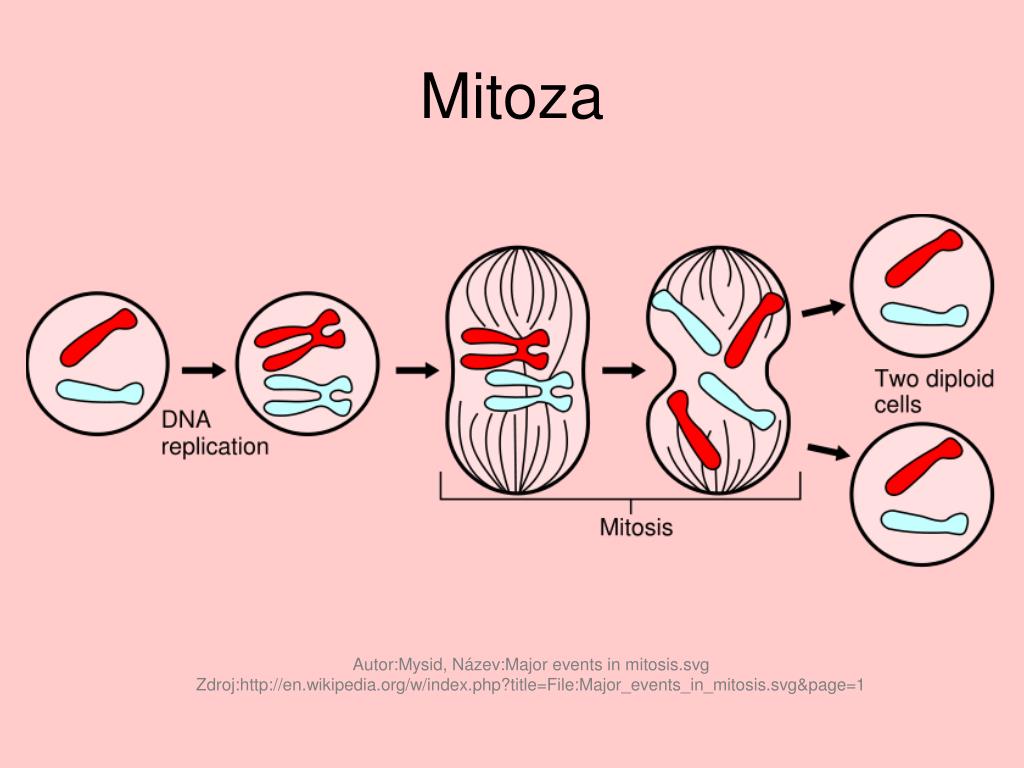

In agricultural areas, this makes them a threat to livestock, particularly for young farm animals. Baboons are known to hunt small antelope such as this young Thomson’s gazelle in Maasai Mara National Reserve, KenyaĬhacma baboons are omnivorous, and though the bulk of their diet consists of plant material, they do eat meat and have even been known to hunt small antelope. That said, chacma baboons are imminently capable of turning this rivalry on its head they have been known to grab and kill leopard cubs (and even a lion cub on rare occasions). Leopards, in particular, have a fierce rivalry with baboons, and certain individual leopards learn to take advantage of the diurnal habits of chacma baboons to stalk them at night while they rest in trees. Crocodiles, leopards, and lions will all prey on baboons, and some painted wolves (African wild dogs) of Mana Pools famously specialize in hunting the baboon troops of the region. In adult males, powerful canines can grow to a length of close to 4cm, similar in size to those of a leopard, and are used in battles for dominance and defence of the troop. Their scientific name – Papio ursinus – is a reference to their bear-like features (and swagger). In adult male baboons, powerful canines can grow to a length of 4cm – similar in size to those of a leopard IntroductionĬhacma baboons are one of the largest monkeys in the world, second only to the mandrill by mass, though baboons are longer and taller on average. It also serves as a prime example of the most attractive and potentially problematic characteristic of baboons – a fierce and profound intelligence. The story of how Jack the baboon helped his disabled owner is just one of the many historical anecdotes that highlights the complicated (and occasionally fractious) relationships between humans and baboons throughout our history together. It was said that he never made a mistake during his employment by the railroad, which is particularly remarkable given that, while exceedingly diligent, he also happened to be a chacma baboon. Along the Port Elizabeth mainline, at the Uitenhage train station, a signal box worker was paid 20c and half a bottle of beer a week for the nine years that he worked for the railway before his death from tuberculosis in 1890. Towards the end of the 19 th century, burgeoning industry and development saw railway lines spreading across South Africa – a network crisscrossing the country, despite the rumblings of war to come.


 0 kommentar(er)
0 kommentar(er)
